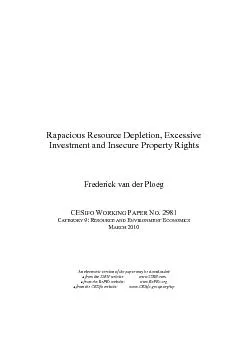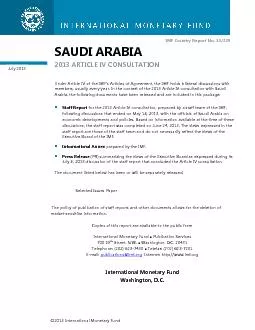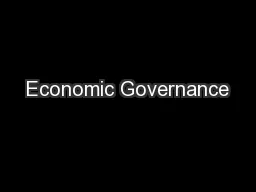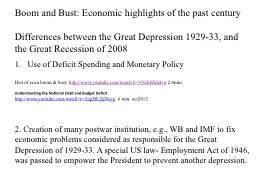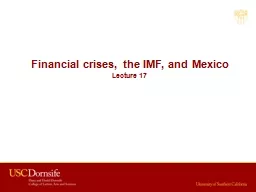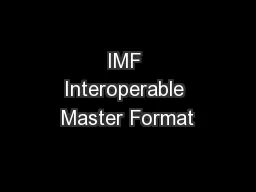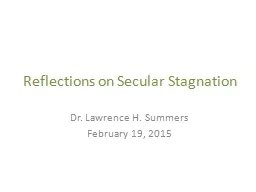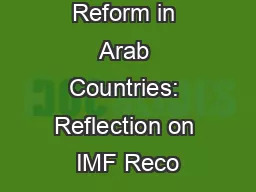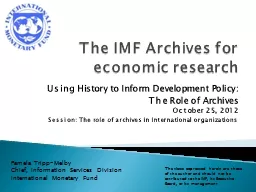PDF-IMF, Chapter III, Building institutions, World Economic Outlook (Washi
Author : jane-oiler | Published Date : 2017-11-22
29 I nternational Monetary Fund 2005 Karp LS Social welfare in a common property oligopoly International Economic Review 33 1992 353 372 Kuralbayeva K F van
Presentation Embed Code
Download Presentation
Download Presentation The PPT/PDF document "IMF, Chapter III, Building institutions,..." is the property of its rightful owner. Permission is granted to download and print the materials on this website for personal, non-commercial use only, and to display it on your personal computer provided you do not modify the materials and that you retain all copyright notices contained in the materials. By downloading content from our website, you accept the terms of this agreement.
IMF, Chapter III, Building institutions, World Economic Outlook (Washi: Transcript
Download Rules Of Document
"IMF, Chapter III, Building institutions, World Economic Outlook (Washi"The content belongs to its owner. You may download and print it for personal use, without modification, and keep all copyright notices. By downloading, you agree to these terms.
Related Documents

